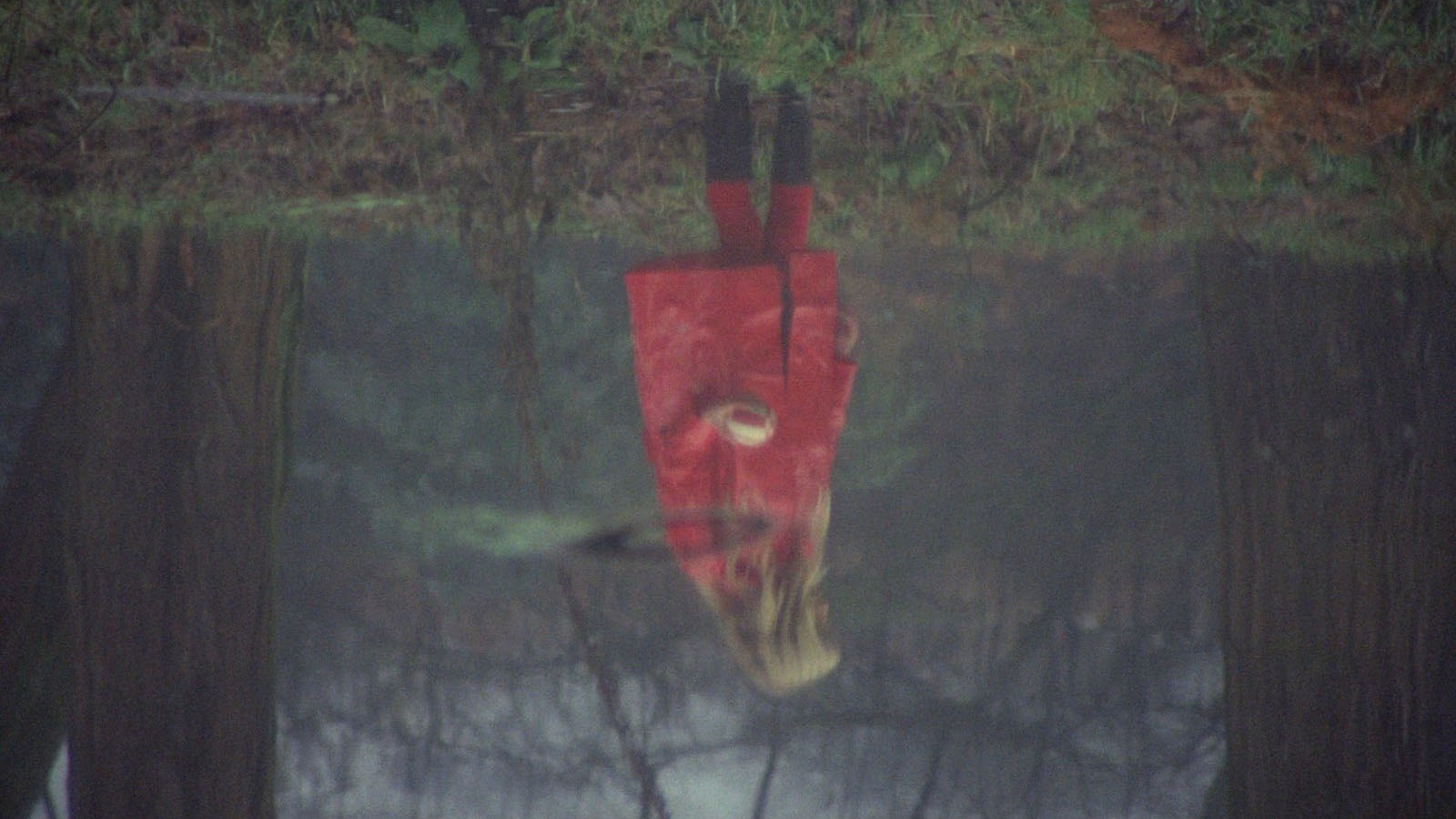Down into the Unknown

Today marks the hundredth anniversary of the premiere of F. W. Murnau’s vampire classic Nosferatu, and Austinites are celebrating with a whole weekend of horror. “Attendees can expect screenings, vendors, food and drink (in blood bags!), and live/undead music from a raft of midnight-inclined bands, not least among them the reformed L.A. goth rockers 45 Grave,” writes Marc Savlov in the Austin Chronicle. In the band’s hometown, the UCLA Film & Television Archive and the Hammer Museum are presenting three digital features by James Benning and the Academy Museum carries on saluting Pasolini at 100.
- In Fire, Juliette Binoche plays Sara, a radio host in a solid relationship with Jean (Vincent Lindon). When she spots François (Grégoire Colin), a former lover, she finds herself overcome with renewed passion. In Filmmaker, Darren Hughes finds that the film “tries on several different tones but never quite succeeds in bringing them into balance.” But for the New Yorker’s Richard Brody, the “silences that overwhelm the movie’s confrontational rages and the suppression of backstory details, underplaying motives and emphasizing action, thrust Fire out of the realm of psychological drama and into shocking emotional immediacy.” Erika Balsom’s interview with Denis for Film Comment—currently in the newsletter and up on the site next week—detours briefly when Denis remembers the late Michel Subor, with whom she worked on four films. In January, she was shooting The Stars at Noon, and “we talked often. I told him, ‘Come, you will rest in Panama, in the warmth by the sea.’ I was not aware that he was too weak, that he was in a state of crazy freedom, an exit from life.”
- For 4Columns, Balsom revisits the work of Nina Menkes as a retrospective opens at the Brooklyn Academy of Music to run through March 10. “From the mid-length The Great Sadness of Zohara (1983) on, her fiction films are oneiric force fields in which sense and story wither in the face of sensation,” writes Balsom. “Sometimes they advance legible symbolism, as in the multiple recurring shots of Lulu (Marina Shoif), the main character of Phantom Love (2007), stepping over a giant snake in a hotel corridor. But more often and more seductively, they push up against what Freud called the ‘navel of the dream’: ‘the spot where it reaches down into the unknown,” the point at which analysis falters.’ Menkes “builds these films from striking visions that overflow the tales of sexuality and violence that house them, searing the eye and mind with mysterious opacity.”
- For his seventy-fifth birthday, Carl Jung carved the figure of the Greek childlike god Telesphoros into a stone cube that he then placed in his garden beside a lake. For Cristina Álvarez López, the image has sparked a succession of associations and she proves to be an expert guide as she retraces their path. Nicolas Roeg’s Don’t Look Now (1973) and Krzysztof Kieślowski’s Dekalog I (1988) “share virtually nothing in terms of genre, tone, or cinematic approach,” she writes, but they do “share some crucial aspects: Dekalog I and Don’t Look Now are about skeptics tragically faced with the emergence of the spiritual world; and both present enigmatic images of ink spilling or melting in relation with the unexpected death of a child in a lake.” And then we’re off to explore further synchronicities.
- Laurent Kretzschmar and Andy Rector have translated three pieces that Serge Daney, an editor at Cahiers du cinéma and the founder of Trafic, wrote in the early 1980s about Samuel Fuller. The first addresses The Big Red One (1980), the second, White Dog (1982), and in the third, Daney writes that the “paradox of Fuller, a journalist, traveller, writer of pulp novels and war stories, always news-hungry, is to have arrived ten or fifteen years too early in the landscape of American cinema. If he hadn’t demonstrated some very ‘Fullerian’ vitality and optimism, he wouldn’t have found the strength to be present when, finally taken seriously, he was able to take up the thread of his broken career again and give us first The Big Red One and then White Dog. Especially White Dog.”
- On Thursday, Sundance named Adam Piron director of its Indigenous Program. A filmmaker and programmer, Piron wrote a fascinating piece last year for Caligari about the “DeMille Indians,” and most recently, he’s turned his attention to Emma Mae (1976), one of the four films directed by Jamaa Fanaka that New York’s Metrograph is streaming through March 10. Emma, a teen from Mississippi, moves to Los Angeles, where she falls for Jesse, “a slick ne’er-do-well,” as Piron calls him. “What seemingly starts as the tee-up for a Pygmalion-esque Blaxploitation tale about Jesse’s streetwise ways rubbing off on our heroine unfolds into a blistering critique on the discriminations brought on by urban-rural divides, colorism, toxic masculinity, racist policing, and the plight of those swept up in the tail end of the Second Great Migration. It’s a film that definitively centers a Black audience in the hopes of inspiring reflection and self-determined solutions by and for them.”



